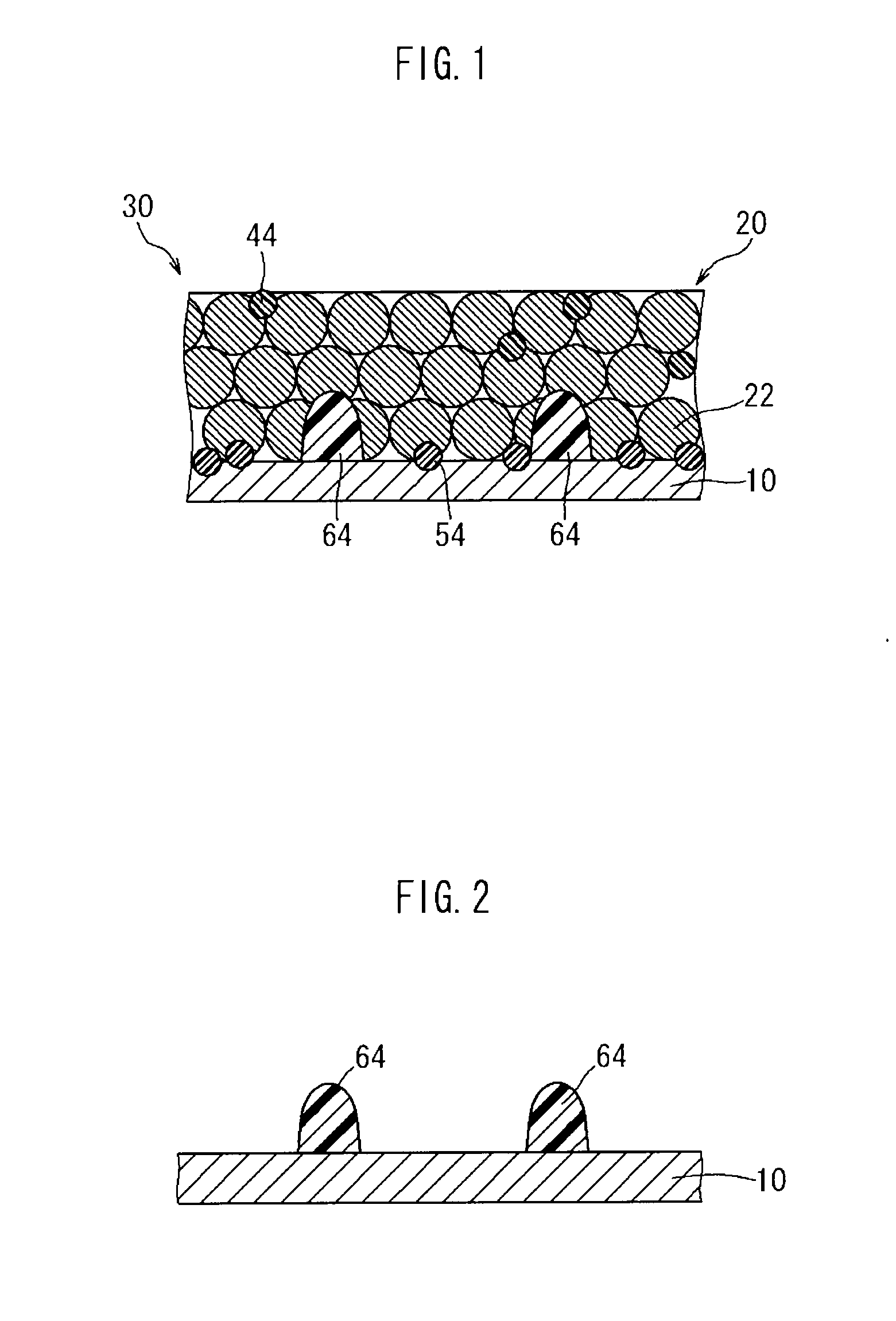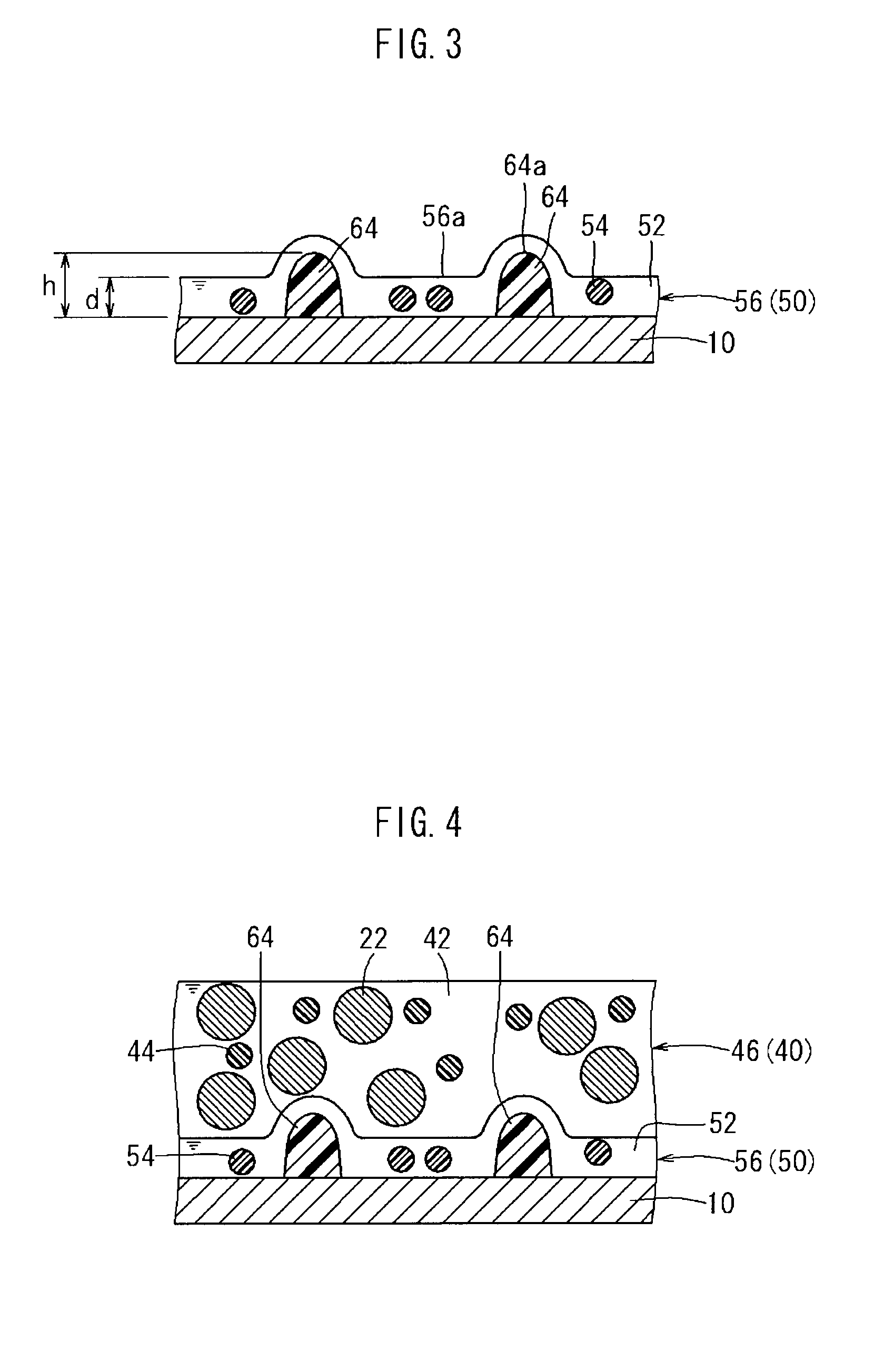Battery electrode production method
- Summary
- Abstract
- Description
- Claims
- Application Information
AI Technical Summary
Benefits of technology
Problems solved by technology
Method used
Image
Examples
Embodiment Construction
[0031]The following provides an explanation of embodiments according to the present invention while referring to the drawings. In the following drawings, those members and sites demonstrating the same actions are explained using the same reference symbols. Furthermore, the dimensional relationships in each drawing (such as length, width and thickness) do not reflect actual dimensional relationships. In addition, matters other than those specifically mentioned in the present description that are required for carrying out the present invention (such as the configuration and production method of an electrode body provided with a positive electrode and negative electrode, the configuration and production method of a separator and electrolyte, batteries, or other general technical matters relating to battery construction) can be understood to be design matters for a person with ordinary skill in the art based on the prior art in the relevant field.
[0032]As shown in FIG. 1, the electrode ...
PUM
 Login to View More
Login to View More Abstract
Description
Claims
Application Information
 Login to View More
Login to View More - R&D
- Intellectual Property
- Life Sciences
- Materials
- Tech Scout
- Unparalleled Data Quality
- Higher Quality Content
- 60% Fewer Hallucinations
Browse by: Latest US Patents, China's latest patents, Technical Efficacy Thesaurus, Application Domain, Technology Topic, Popular Technical Reports.
© 2025 PatSnap. All rights reserved.Legal|Privacy policy|Modern Slavery Act Transparency Statement|Sitemap|About US| Contact US: help@patsnap.com



